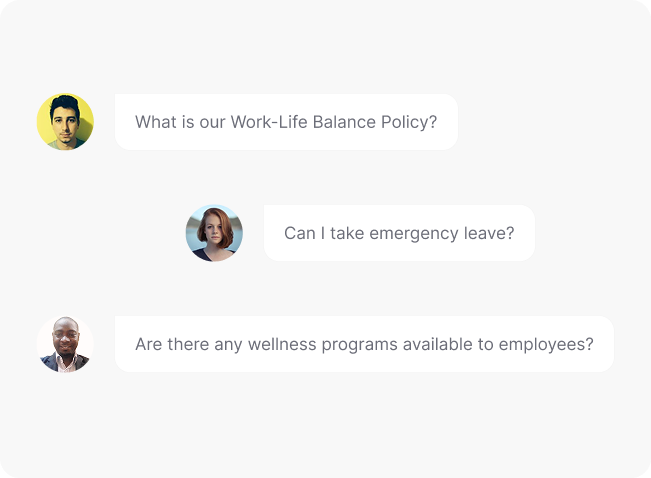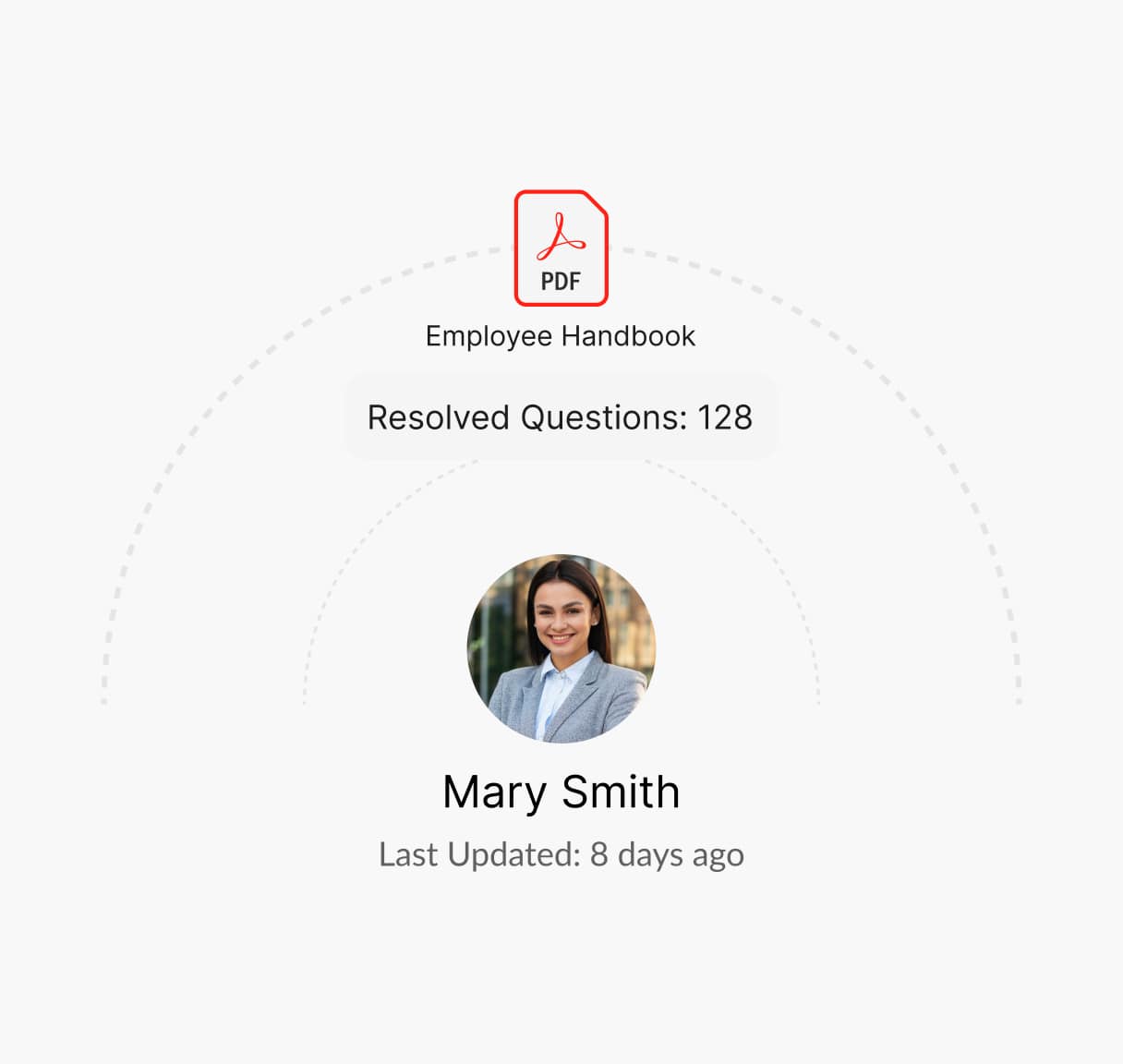Everything You Need to Know About Work-Life Balance Policy
A work-life balance policy is a critical aspect of creating a supportive and productive workplace. By fostering an environment where employees can effectively manage their professional and personal lives, organizations can enhance employee satisfaction, reduce burnout, and improve overall retention rates.

What is a Work-Life Balance Policy?
A work-life balance policy outlines an organization’s commitment to supporting employees in achieving equilibrium between their professional responsibilities and personal well-being. This policy typically includes flexible work arrangements, wellness initiatives, and guidelines for promoting a healthy work environment. Its goal is to help employees thrive both at work and in their personal lives, contributing to a happier, more engaged workforce.
Guidelines for Creating a Work-Life Balance Policy
Creating a work-life balance policy requires a strategic approach that aligns organizational goals with employee well-being. Below are key guidelines:
Identify Employee Needs
Survey employees to understand their challenges and preferences for achieving work-life balance.
Incorporate Flexibility
Provide options like flexible work hours, remote work, or compressed workweeks to accommodate diverse employee needs.
Encourage Regular Breaks
Promote practices like lunch breaks, short pauses during the day, and designated time off to recharge.
Support Wellness Initiatives
Offer programs such as gym memberships, mental health support, and stress management workshops.
Set Boundaries for After-Hours Work
Establish guidelines to minimize work-related communications outside of standard working hours.
Provide Resources for Caregivers
Include support like childcare assistance, eldercare options, or parental leave enhancements.
What is Covered in a Work-Life Balance Policy?
An effective work-life balance policy should include the following:
Flexible Work Arrangements
Define options like remote work, flextime, and compressed workweeks to accommodate diverse needs.
Health and Wellness Programs
Detail offerings such as mental health resources, wellness stipends, or access to fitness programs.
Professional Development Opportunities
Highlight training programs, certifications, or skill-building workshops that employees can balance with their responsibilities.
Time Off and Leave Policies
Clarify vacation policies, sick leave, parental leave, and options for unpaid leave.
Clear Communication Expectations
Set boundaries for after-hours communications and encourage disconnection during non-work hours.
Family Support Resources
Include childcare subsidies, eldercare assistance, or partnerships with caregiving organizations.
Employee Assistance Programs (EAPs)
Offer confidential counseling, financial planning services, or legal advice to support employee well-being.
Recognition of Cultural and Personal Needs
Allow for accommodations like flexible scheduling for religious observances or personal commitments.
Need help creating a Work-Life Balance Policy?
How Winslow Helps HR Teams Streamline Work-Life Balance Policies
Managing work-life balance policies effectively requires clear communication, consistent enforcement, and actionable insights. Winslow simplifies this process with the following features:

Instant answers anytime
Winslow enables employees to instantly access your work-life balance policy via Slack, Teams, or email. They can quickly find information about flexible work options, wellness resources, or time-off procedures, reducing HR workload and improving clarity.
Personalized Support
Winslow provides instant answers to all HR questions, including those about your Work-Life Balance Policy, ensuring employees understand flexible work options and support resources


Analytics and Insights
Winslow tracks policy-related queries, helping HR teams identify trends and common concerns. This data enables organizations to refine their policy, improve reporting channels, and address recurring issues proactively.
Help your Employees Maintain Work-Life Balance with Winslow
Winslow empowers HR teams to manage work-life balance policies efficiently, reducing time spent on repetitive questions and ensuring employees understand their benefits. Enhance compliance, transparency, and employee satisfaction with Winslow’s AI-powered copilot.
Frequently asked questions
Have further questions about Winslow, contact us at sales@usewinslow.com
What is the purpose of a work-life balance policy?
A work-life balance policy aims to support employees in managing their professional and personal responsibilities effectively, enhancing productivity, job satisfaction, and overall well-being.
What are examples of flexible work arrangements?
Examples include remote work, flextime, job sharing, and compressed workweeks.
How can companies support employee wellness?
Companies can offer mental health programs, fitness memberships, wellness stipends, and stress management resources.
What should managers do to promote work-life balance?
Managers should encourage regular breaks, respect after-hours boundaries, provide flexibility, and support employees in accessing wellness resources.
Can work-life balance policies apply to all employees?
Yes, but accommodations may vary based on role, location, and business needs. A clear policy ensures fairness and transparency.
How do you measure the effectiveness of a work-life balance policy?
Organizations can use employee feedback, engagement surveys, retention rates, and productivity metrics to evaluate and improve their policy.
Additional resources
Device Usage Policy
Managing employee leave effectively is vital for maintaining workforce productivity and compliance....
Learn moreconfidentiality policy
Protecting sensitive information is crucial. A clear Confidentiality Policy outlines guidelines for...
Learn moreclaim reimbursement
Ensuring fair compensation for expenses is key. A clear Claim Reimbursement Policy...
Learn more




